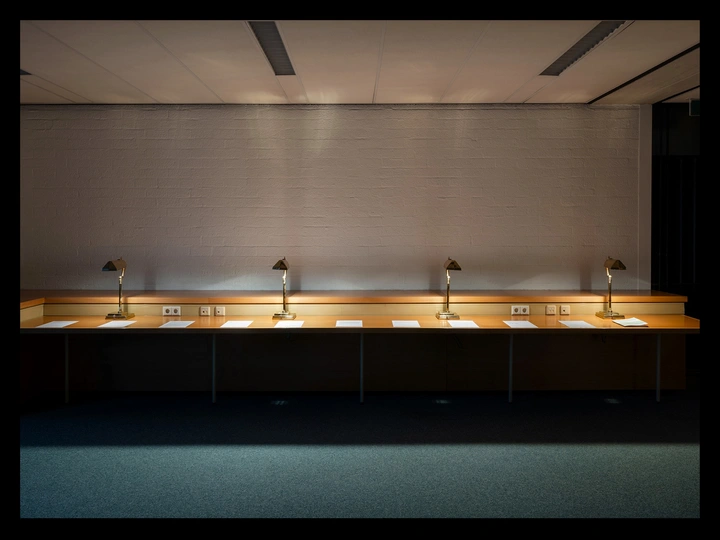Cases of Withering Property

Stefan Meyer (*1992, Ingolstadt) lives and works between Vienna and southern Germany. He holds a Bachelor's degree in Architecture and graduated from the Master's program "Studio for Immediate Spaces" at the Sandberg Institute in Amsterdam in 2022. Since he moved to Austria, he has been part of the continuing education program Klasse für Alle at the University of Applied Arts Vienna.
Having participated in a six-month-long activism project in Nepal, he continually reflects on the possibilities, (side-)effects, and limitations of creative practices on society. In this process, questions of how to deal with ownership, agency, and our relations as human beings to the land we live on repeatedly play a major role.
Besides his work as an architect, he has developed an artistic practice in which he addresses the continuing urbanization of landscapes and cities, its one-dimensional narrative, and the implications of this process on spaces and inhabitants. Thereby, he creates situations that make tangible the interconnected but hidden processes that shape the physical conditions of our everyday surroundings. He investigates and intervenes, fathoming the systems and infrastructures that frame our environments and their circumstances. The evidence of his multidisciplinary work can be experienced both physically and conceptually, sometimes in motion, on-site
The project is a critical intervention on the content and language of judicial legislation, that repeatedly fails to protect local life forms from being displaced in the name of privatization and gentrification. Originally created to be exhibited in the rooms of the former courthouse library of Amsterdam, the site-specific installation presents my book publication “Cases of Withering Property”.
In the exhibition, the interior design re-imagines the library‘s past and raises the question of what is still missing in the judical archive of cases, that lets expropriation happen without compensation. As gardens have no advocate in the legal system to fight for their continued existence, the publication maps and portrays a variety of green areas in the city that are under threat of eviction and will have to make way for other types of land use. To provide provenance and circumstantial evidence of the printed matter, and to put emphasis on one of the main goals of the project, in the exhibition, a paper trail of 10 written e-mails showcase how a copy of the book found its way into the official catalogue of the new courthouse library of Amsterdam, located close by the exhibition location. Through getting in touch with different affiliated stakeholders such as cultural workers, squatters and gardeners, the artist could finally convince a lawyer to suggest the publication to the courthouse library staff. The act of handing over the book, thus implementing it into the archive of the new courthouse library and asking for a confirmation of acceptance was decisively done performative / collectively and completed the bureaucratic challenge.
As the discussion about the rights of non human entities is still evolving actively*, I am curious to further develop this approach, implement it on other cases and continue to experiment on methodologies that give voice to the ones who cannot speak for themselves.
*e.g. the recent case of the Spanish seawater lagoon Mar Menor